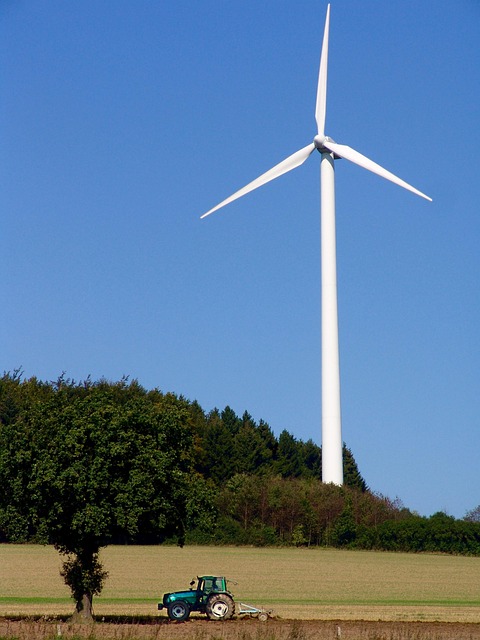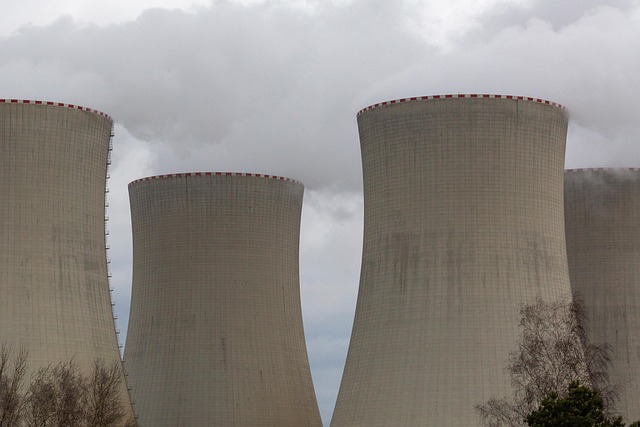A Beginner’s Guide to Understanding Renewable Power
As the effects of climate change become more apparent, the world is seeking sustainable solutions to fulfill energy needs. Renewable energy has emerged as a beacon of hope, offering cleaner, greener alternatives to fossil fuels. This guide will navigate the vast landscape of renewable power, elucidating its types, benefits, and challenges.
What is Renewable Power?
Renewable power refers to energy derived from sources that are naturally replenished over time. Unlike fossil fuels, which can take millions of years to form, renewable energy sources can be harnessed repeatedly without depleting the Earth’s resources. This includes sunlight, wind, rain, tides, waves, and geothermal heat. As nations strive for sustainability, the shift towards renewable power has gained momentum globally.
Types of Renewable Energy
Renewable energy is diverse and can be categorized into several types:
Solar Energy
Solar energy harnesses the power of the sun through photovoltaic cells or solar thermal systems. Photovoltaic cells convert sunlight directly into electricity, while solar thermal systems capture heat for residential and commercial heating. This form of energy is highly versatile and can be used for electricity generation or heating water.
Wind Energy
Wind energy is generated by converting the kinetic energy of wind into mechanical power using wind turbines. These turbines can be installed on land or offshore, where wind speeds are typically higher. Wind energy is among the fastest-growing sources of electricity globally, providing clean energy and reducing greenhouse gas emissions.
Hydropower
Hydropower generates electricity by using the flow of water to turn turbines. This is often achieved through dams placed on rivers, which control water flow and elevation changes. Hydropower is one of the oldest and most established methods of energy generation, contributing significantly to the global energy grid.
Biomass Energy
Biomass energy is derived from organic materials like plant matter, agricultural waste, and other biological substances. When burned or converted into biofuels, these materials can generate electricity or provide heat. While biomass is renewable, its sustainability can vary depending on sourcing and production practices.
Geothermal Energy
Geothermal energy taps into the Earth’s internal heat stored in the form of steam and hot water. This energy can be harnessed for electricity generation or direct heating applications. Geothermal power plants are typically located near tectonic plate boundaries, where this heat is most accessible.
Tidal and Wave Energy
Tidal and wave energy are emerging technologies that harness the gravitational pull of the moon and the energy from ocean waves, respectively. While still in developmental stages in many regions, these sources hold promise due to their predictability and high capacity factor.
Benefits of Renewable Energy
The shift to renewable energy offers myriad benefits that extend beyond mere energy generation. Here’s a closer look at its advantages:
Environmental Benefits
Renewable energy sources contribute to a significant reduction in greenhouse gas emissions. By replacing fossil fuels, renewables help mitigate the negative impacts of climate change and air pollution. Additionally, these energy sources typically have a lower environmental footprint regarding land use and water consumption.
Energy Security
Utilizing diverse renewable resources enhances energy security by reducing reliance on imported fuels. This independence can stabilize energy prices and insulate countries from geopolitical conflicts that often disrupt gas and oil supplies.
Economic Growth and Job Creation
The renewable energy sector has become a vital part of economic growth, generating millions of jobs worldwide. Positions include manufacturing, installation, maintenance, and research and development, contributing significantly to local economies and boosting job markets.
Health Benefits
By lowering emissions from burning fossil fuels, renewable energy contributes to better air quality. This improvement can lead to fewer health problems related to air pollution, such as respiratory illnesses and cardiovascular diseases, ultimately saving healthcare costs.
Challenges Facing Renewable Energy
While renewable energy presents numerous benefits, it is not without challenges that need to be addressed:
Intermittency and Reliability
Many renewable energy sources are intermittent, meaning they do not produce energy consistently throughout the day or year. Solar and wind energy generation can fluctuate based on weather conditions, necessitating advancements in energy storage and grid management to ensure a reliable power supply.
High Initial Costs
The upfront installation costs for renewable energy systems can be significant. Although operating costs are typically lower than fossil fuels in the long run, the initial financial barrier can deter adoption, particularly in developing nations without supporting infrastructure or incentives.
Land and Resource Use
Some renewable energy projects can require extensive land use, particularly in the case of large solar farms and wind farms. This may have implications for land use, habitat destruction, and water usage, particularly in biomass and hydropower projects.
The Future of Renewable Power
The future of renewable power is promising and evolving at a rapid pace. Technological advancements continue to improve the efficiency and cost-effectiveness of renewable energy systems. Innovations abound in energy storage, smart grid technology, and energy efficiency measures, facilitating a transition to cleaner energy resources.
Governments and organizations are also increasingly committing to carbon neutrality and renewable energy integration. International agreements, national policies, and local initiatives are shaping a collective response to transition toward a sustainable energy future.
Conclusion
The shift to renewable energy is not just an environmental necessity but also an opportunity for economic development and energy independence. As a beginner, understanding renewable power equips you with knowledge of how these technologies work and their broader implications. The future of energy is renewable and within reach of everyone willing to embrace and advocate for sustainable practices. By educating ourselves and supporting policies that favor clean energy, we contribute to a healthier planet for future generations.



